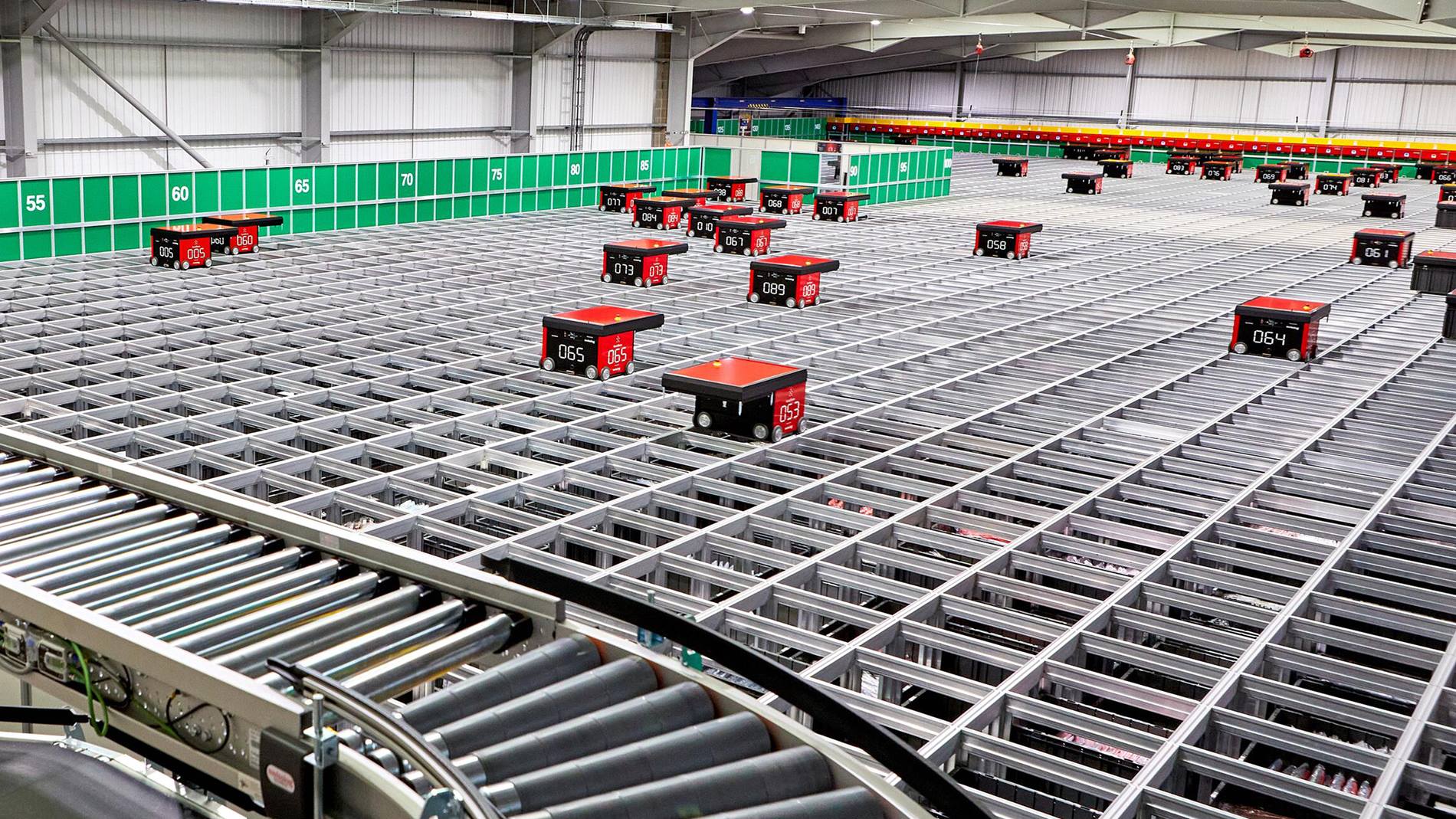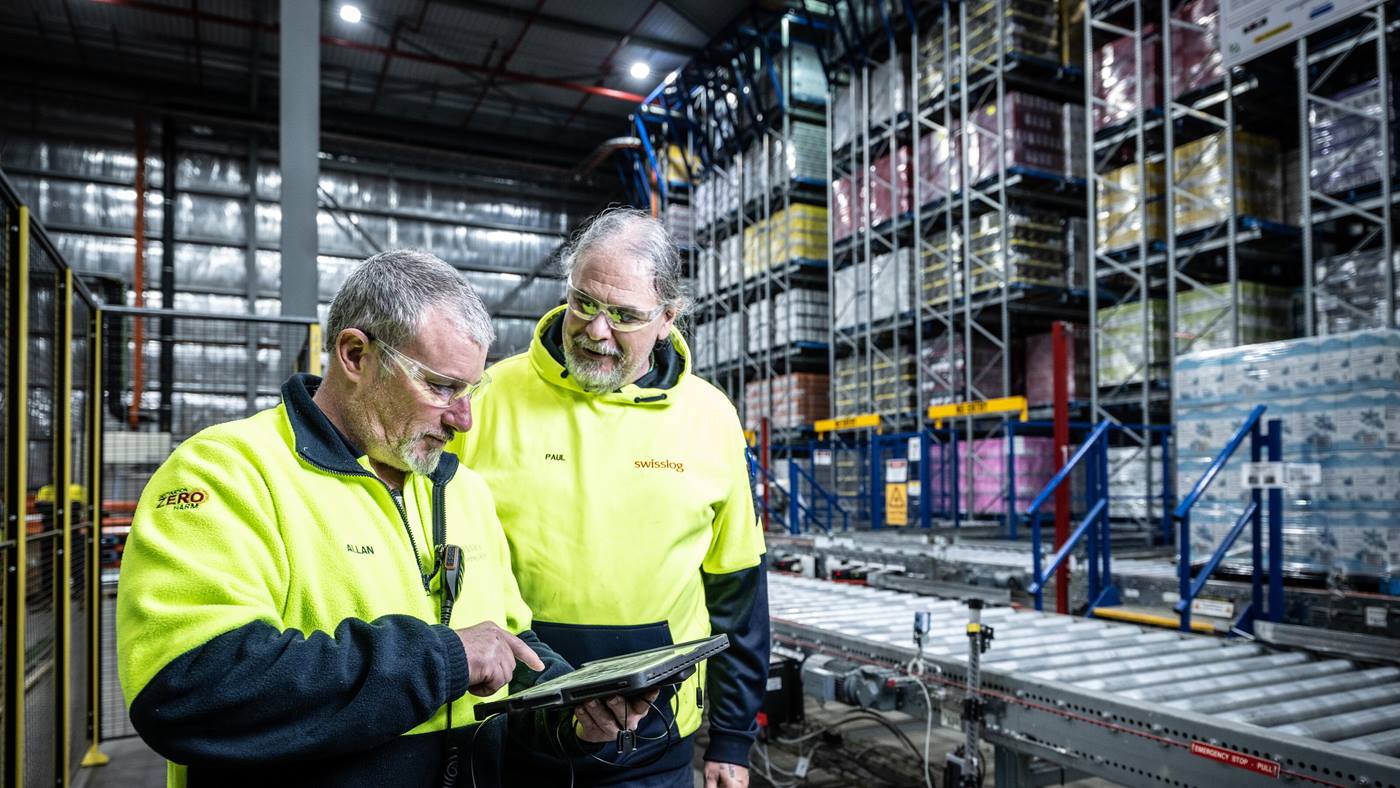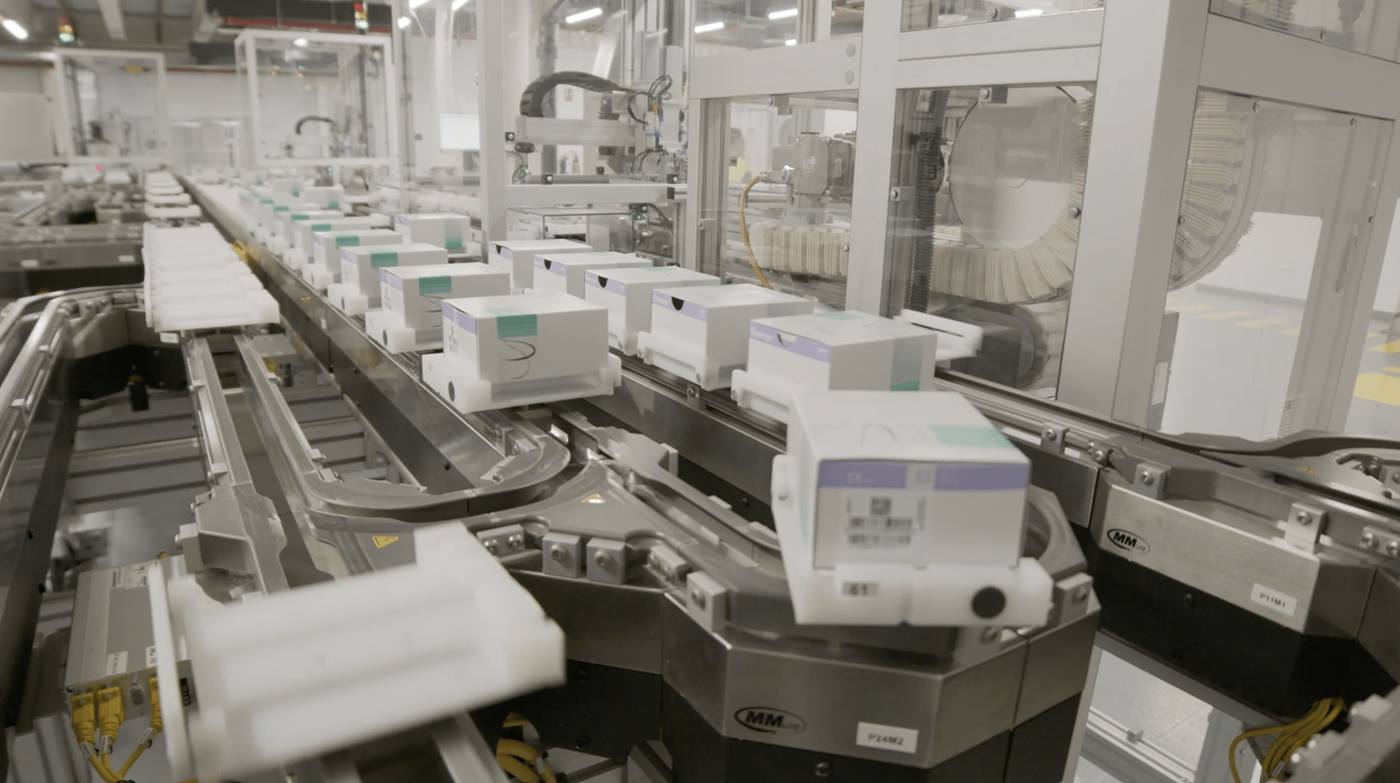Six strategic steps to maximize retail warehouse automation during peak periods

Do you break into a cold sweat when someone mentions Black Friday, CyberWeek or any of the winter holidays? You’re probably a retailer.
While the average person anticipates amazing sales, tasty food, and relaxing time with friends and family, you’re bracing yourself for "The Surge". And for good reason: Peak periods demand that you dramatically scale your fulfillment operations, reduce labor dependency, and meet fast delivery expectations, all while facing staffing shortages. If you’re a retailer, general merchandise business or a pure e-commerce shipper depending on seasonal peaks to hit your annual sales targets, the stakes are even higher. As an example, for every minute your regional distribution facility is offline during a €17M day, you’re losing €11,805. Those numbers are enough to make anybody sweat.
How do you prevent consequences that are exponentially more catastrophic during peak times? How do you avoid warehouse-wide, stress-induced burnout when the pressure is on? How do you meet ever-heightening customer demands paired with the ever-increasing numbers of peaks?

By preparing your logistics operations ahead of time. Here are six key steps we’ve learned over 125 years in logistics automation, helping thousands of clients around the world, in industries ranging from food and beverage to fashion and apparel to home and personal care.
Six strategic steps for peak retail warehouse automation performance
1. Save downtime for down time.
Don’t skip maintenance during your peak times — work your maintenance around them. For example: Instead of taking a crane offline for half a day during your peak period, consider working around the peak to provide maximum availability when you most need it. Strategic maintenance scheduling is the simplest way to mitigate unwanted (and expensive) downtime.
2. Treat on-site support like insurance.
Proactively contracting with a network of locally based engineers is a bargain compared to the cost per minute of unplanned downtime during a peak period. In fact, we’ve observed that using additional on-site resources during peak periods is the most cost-effective “insurance” fulfillment centers can leverage to protect extended uptime.
3. Create stability in the run-up.
Just as you shouldn’t schedule maintenance during the time(s) you most need your equipment running, you also shouldn’t make any major changes to your site, including hardware and software. Aim for achieving stability in the weeks approaching peak periods. Your employees shouldn’t be training on updates or new processes just before they need to be operating at maximum capacity. We suggest retailers build in a “freeze” for their software, hardware and other equipment before peak periods. Whatever “normal” you can preserve will be that much more effective at streamlining operations.
4. Build scalability through automation.
If you’re relying on manual processes to navigate peak periods (and even regular periods), you’re risking operational efficiency and customer experience. Fulfillment centers can’t reasonably scale according to their needs through additional staffing. Compact, modular automation systems and software are the viable solutions to sustained and seasonal scalability. They dramatically reduce picking times, eliminate shortages, empower you with actionable insights, and in the case of robot-based solutions, can be added on the fly. Automation will save you time, money and peak period headaches while providing you and your customers with quality, flexibility and efficiency.
5. Learn from the past.
There are two parts to this step. First, review master data from previous years’ peak periods. What issues did you encounter? What snafus did you resolve? Consider the source of each problem, not just the fallout. Create a game plan for preventing them (some of which will likely coincide with the other steps in this list). Second, use your historical data to analyze previous trends. This will inform your timing, expectations, inventory, staffing, maintenance and automation plans better than any generic piece of e-commerce fulfillment services advice. Past patterns are the best predictors of the future, and you’re the hands-on expert. Don’t forget to document as you go. Your future self (and your staff) will thank you.
If you don’t currently have the means to collect and transform data into actionable insights, intelligent warehouse management software should be on your holiday wish list. Make sure it will seamlessly integrate with your automation solution, offers predictive analytics, and can simulate current and future warehouse performance to identify any over- or under-utilization. It should allow you to identify potential issues and solve them before they affect throughput (revisit step 3 for advice on timely implementation).
6. Adjust your expectations.
Preparing as early as possible through the steps above will make a huge difference in your ability to meet peak period demands, but it won’t prevent every frustration or issue. In the end, you’ll need to accept that every peak season will be accompanied by some level of difficulty. That said, the idea that you have to handle these burdens alone isn’t true (which is why we’ve compiled this list).
Top performance during your next retail peak period
It’s no coincidence that the six steps you can take to ensure your e-commerce warehouse is at top performance during your next peak period are the very things we’re experts in. We’re ready to help, with the knowledge, technology and sympathy of a combined 2,500 warehouse automation projects and 1,000 (and counting) clients. Can we help you prepare for your next peak period?













